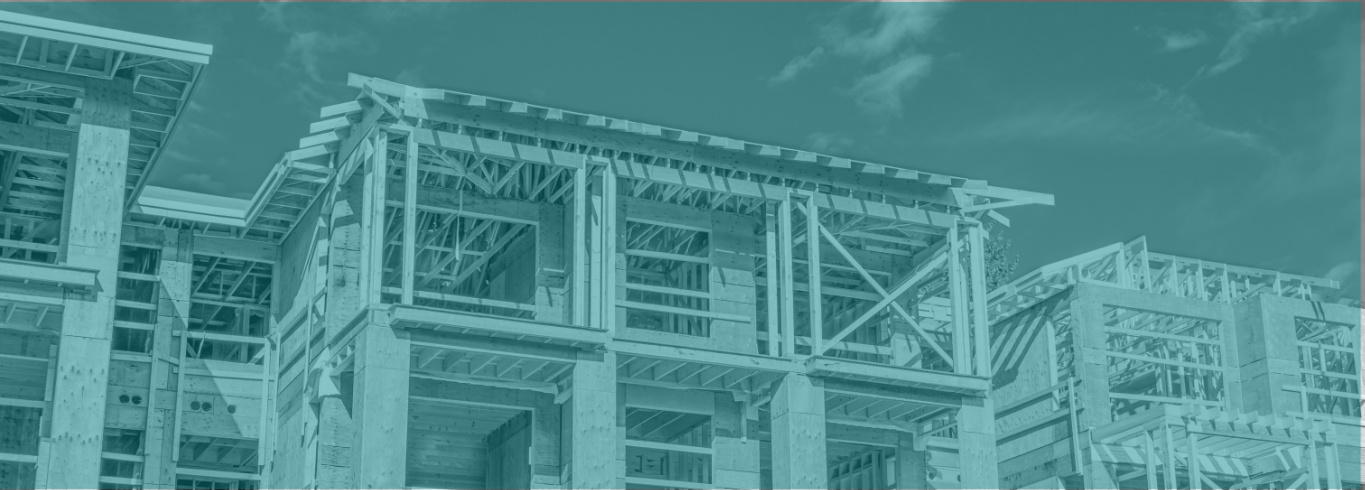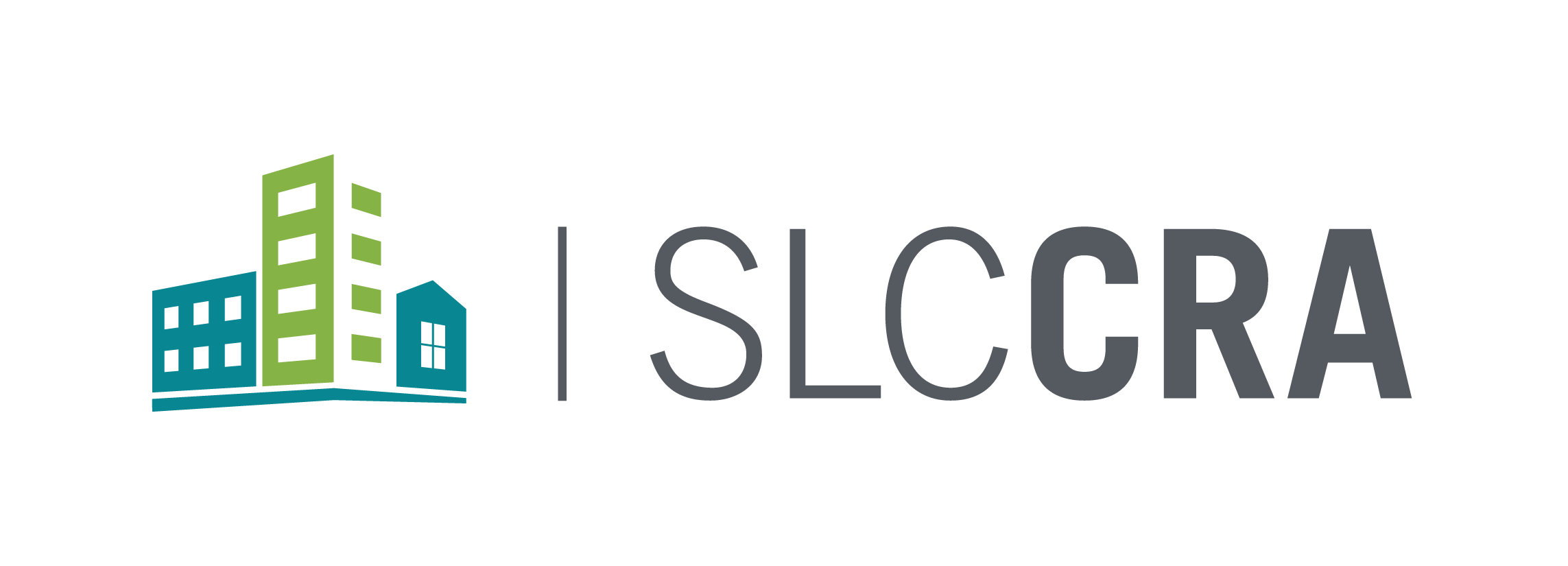
Salt Lake City Affordable Housing Construction Dashboard
The Affordable Housing Construction and Preservation Dashboard is an interactive tool that shows how Salt Lake City and its Community Reinvestment Agency (CRA) are investing in affordable housing. It tracks and visualizes data on:
-
How many affordable housing units have been built or preserved
-
Where those units are located
-
How much funding the City has contributed
-
Which projects are in progress, completed, or upcoming
The dashboard is designed to provide transparency and help residents, policymakers, and stakeholders understand the impact of public investment in housing. It highlights the our commitment to increasing access to safe, stable, and affordable homes for all income levels.
This section contains definitions for terms used in the report:
AMI (Area Median Income)
This measure is what the US Department of Housing and Urban Development (HUD) uses to standardize housing affordability. For Salt Lake City, the Area Median Income is calculated by the median household income for Salt Lake County, with projections for the future based on inflation and trends. HUD uses AMI to calculate income limits for potential residents of affordable units, for which the rent is set at no more than 30% of the residents’ income.
Deed Restriction
This is the most common tool to maintain the affordability of units for residents making a certain percentage of the area median income. The units are restricted so that combined housing costs (rent or mortgage), utilities, and other housing costs are no more than 30% of the residents’ income. This restriction is monitored over the term of the agreement, which is typically 30 to 50 years.
Neighborhood Plan Area
The city makes plans for defined neighborhood areas to help sustain and enhance the neighborhood into the future.
Wealth Building Units
Units in which the resident can build equity in the unit. This could be a for sale unit, or a shared equity unit. (Defined below)
Shared Equity
In a shared equity rental unit, the resident gets a share of the building’s equity with the other tenants and the owners. In a shared equity for sale unit, the prospective resident enters into an agreement to help fund programs for affordable homeownership in exchange for a more affordable sales price.
Loan Funding
The City loans money to partners to help create or rehabilitate housing. Loans are repaid with interest to the City.
Land Sale
Properties owned by the City may be used for affordable housing. This land might be sold at a discount to a partner, the sale price may be deferred to be paid back with interest over a loan term by a partner, or the City may retain ownership and lease land to the partner.
Fee Waiver
Fees associated with creating or rehabilitating housing can be waived for the partner, depending on the affordability of the housing offered in their project.
Tax Rebates
Through tax increment reimbursement agreements, partners can receive reimbursements for their property’s tax increase over a set term in Community Reinvestment Agency project areas.
City Funds Allocation
The City may allocate funds directly from the budget that don’t require repayment for housing rehabilitation projects that meet community priorities.
Federal Funds Allocation
The City may allocate federal funds for housing development of rehabilitation projects that meet community priorities.

